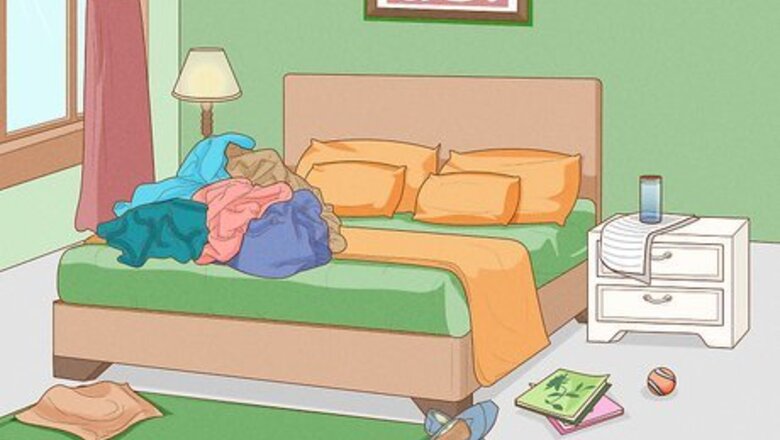
views
Cleaning Everything and Containing the Infestation
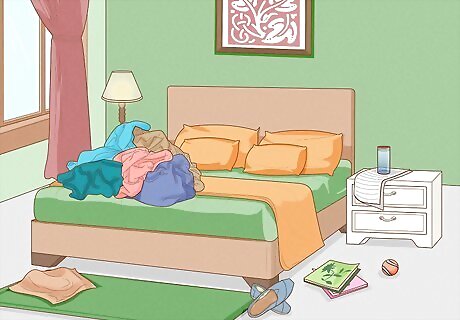
De-clutter the room. Get rid of anything you no longer want or need. Put them in plastic bags, and throw them away. This will make it easier to tackle your bed bug problem. If you need to move something out of an infested room temporarily, put it into a plastic bin with a tight fitting lid first.
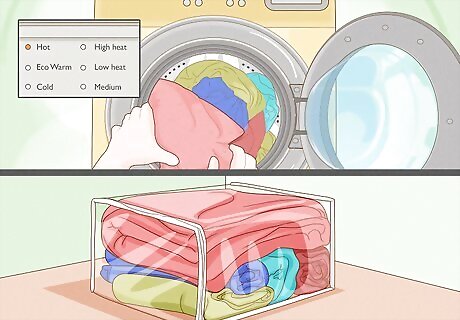
Wash all bedding and clothing at high temperatures, and store them in plastic bags or bins to prevent re-infestation. If something cannot be laundered, see if you can take it to a dry cleaner instead. You can also sanitize it by putting it into the dryer for at 15 minutes on a high heat setting. Depending on how severe your infestation is, you may need to wash everything once or twice a week for several months—even after the bed bugs are gone. Don't forget to clean the laundry area with a sanitizing cleaner once you are done. This also includes soft toys. Be sure to put them inside a pillowcase when washing them, so that you don't damage their fur.
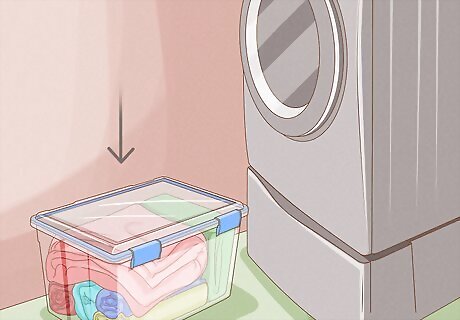
Place everything you washed into plastic bins with tight fitting lids the instant you take them out of the dryer. You can also use plastic, zippered or resealable bags instead. Whatever container you choose to use, you must keep it closed whenever you are not handling the things inside. This will prevent the newly-cleaned items from getting re-infested. Store these bins away from the infested room.
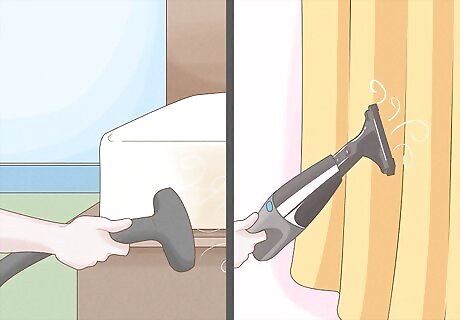
Vacuum everything several times a week. This includes anything made out of fibers, such as box springs, carpets, curtains, mattresses, and upholstered items. It also includes "hard" items, such as furniture, hardwood floors, baseboards, and anything else with nooks and crannies.
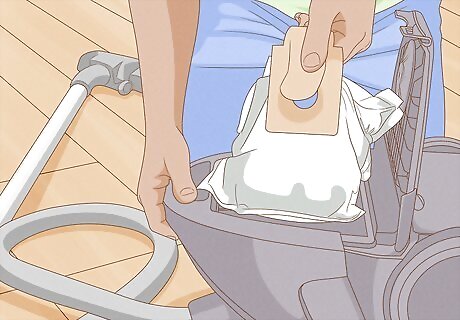
Dispose of the vacuum cleaner bag properly. Take the bag out of the vacuum cleaner and put it into a plastic bag. Tie the plastic bag up tightly, and throw it away immediately outside your house. Do not leave the bag inside your house, or you may get another infestation.
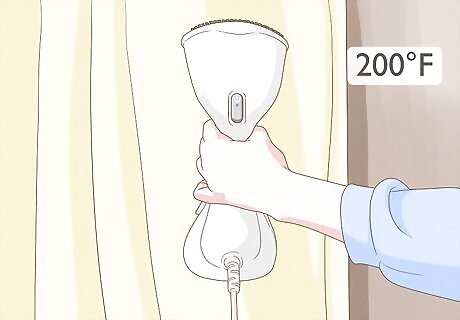
Consider using a steam cleaner. It is important that you use one which reaches at least 200°F (93.4°C) and which produces dry steam. The "dry steam" is important because you don't want everything left soaking wet, which can lead to mold and mildew.
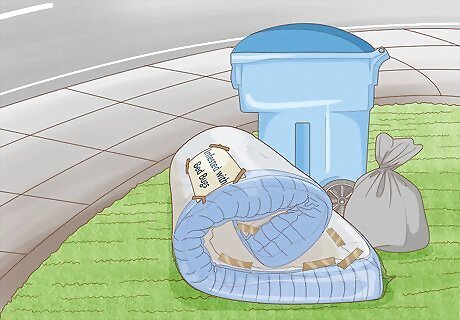
Don't keep items that you can't salvage. If something is beyond saving, get rid of it. Rip off the covers of upholstered furniture. Mark infested pieces clearly with "Infested with Bed Bugs" or "Bed Bugs" signs. Make arrangements with your city to have these items disposed of as soon as possible. This will prevent people from attempting to make treasures from your trash, and inheriting your bed bug infestation.
Using Natural Remedies
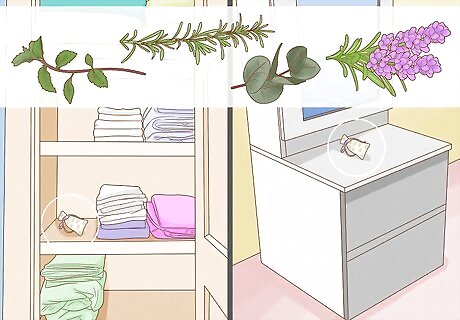
Use fresh or dried eucalyptus, lavender, mint, and rosemary around your house. Most insects hate the smell of these plants, and bed bugs are no exception. You can use these herbs fresh or dried. Here area few ideas on how you can use eucalyptus, lavender, mint, and rosemary to ward off bed bugs: Tie up bundles of these herbs, and hang them in your wardrobe. Place sachets containing these herbs in your dresser and linen closet.
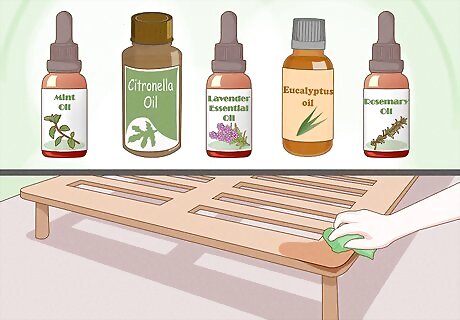
Try some essential oils. The essential oils that work the best on bed bugs include: citronella, eucalyptus, lavender, mint, and rosemary. Note that if you have pets, you should use tea tree oil with care, as it can be toxic to them. Listed below are a few ways you can use essential oils to get rid of bed bugs: Rub some essential oil onto your bed frame. Add a few drops of essential oil into your laundry the next time you wash your bedding. Make a simple spray by adding a few drops essential oil into a spray bottle filled with ½ cup (120 milliliters) of water. Use this spray on your bedding, carpet, and linens.
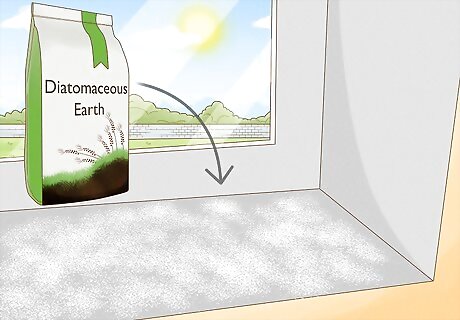
Sprinkle some pesticide grade diatomaceous earth around your room, and in doorways/windows sills. Diatomaceous earth is made from diatoms. It appears like a powder, but to bed bugs, it is like shattered glass. It not only kills bed bugs, but keeps them out. While pesticide grade diatomaceous earth is considered safe for humans and animals, you would not want to eat it or breathe it in. Avoid getting pool or food grade diatomaceous earth. The grains are too fine, and can be harmful for you.
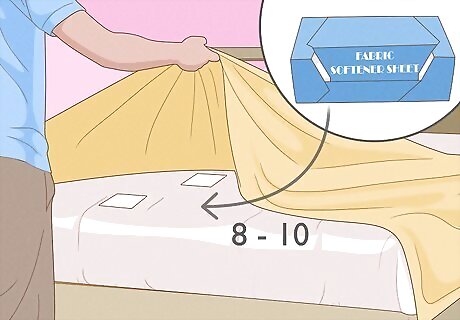
Try dryer sheets on your mattress. Find 8 to 10 dryer sheets, and place them between the box spring and the mattress. Place 8 to 10 more of these sheets on the mattress underneath your bed sheets. The strong smell of the dryer sheets will send the bedbugs scurrying. Consider stuffing a dryer sheet or two inside your pillow case, dresser drawers, and linen closet. Bed bugs seem to hate the smell of lavender in particular. Consider using some lavender-scented dryer sheets.
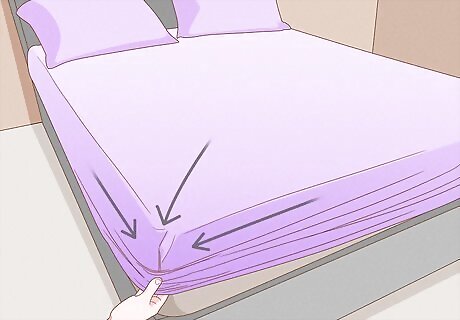
Get some non-permeable mattress and pillow covers. These covers are special, because they don't have any seams and other crannies for the bed bugs to hide out in. They are also easy to wash, and keep bed bugs from infesting your pillows and mattress.
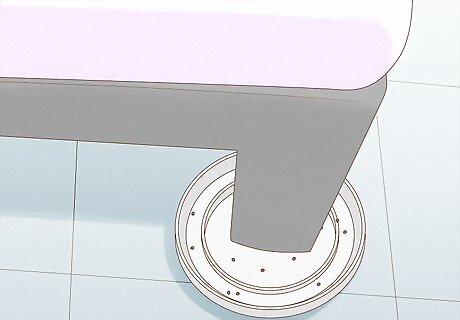
Buy some bug interceptors, and install them beneath all four feet of your bed frame. They will keep the bed bugs from crawling onto your bed. If you can't find any, get some plastic bowls or dishes, and place them beneath all four feet of your bed. Fill them with some soapy water to drown any bed bugs who dare climb up your bed.













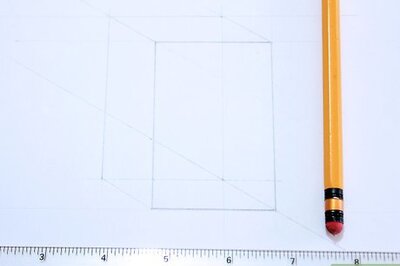
Comments
0 comment